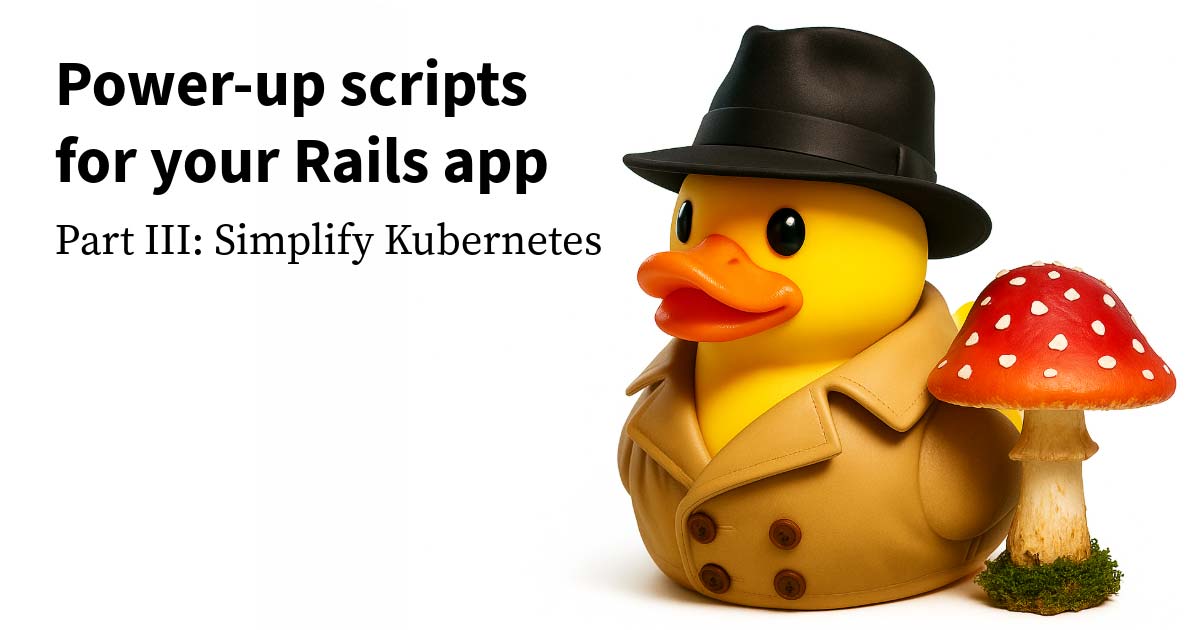The customer is always right—or at least that’s what we’ve all been told. But if that were true, every feature request would lead to a thriving product. Spoiler: it doesn’t.
If you’ve ever sat in a meeting where someone said, “But our customers keep asking for it!”—this is for you.
Taking every request at face value isn’t product management—it’s order-taking. And order-taking leads to bloated, forgettable products, wasted resources, and teams stuck in the feature factory trap.
The challenge isn’t just saying “no” more often. It’s knowing how to push back effectively and prioritize the right features that drive impact.
Here’s the hard truth: Customers don’t always know what they need. They know their frustrations, but not the best solutions. Great product leaders don't just gather customer feedback—they interpret it, validate it and uncover underlying needs.
Every great product manager has had to fight against well-intentioned but misguided requests. The real question is: How do you say no without losing trust? How do you guide your team away from feature factory mode and toward meaningful product decisions that truly move the needle?
Let’s break it down.
Unpopular opinion: Your customers are bad at solutioning
Customers describe pain points in the form of features: “We need PayPal,” “We need dark mode,” “We need an API.” But these requests are symptoms, not root causes of frustration.
In one real-world example, users begged for PayPal to be added to a checkout. But after digging in, it turns out the real issue wasn’t PayPal—it was checkout friction causing abandoned carts.
The actual solution? A smoother checkout, not just another payment method.
Adding options isn’t always the answer. Too many choices slow things down and frustrate users. Just because a competitor does something doesn’t mean you should.
The hidden costs of over-listening to customer feedback
Customer discovery is essential. Great product managers engage with users, validate problems, and uncover insights that data alone can’t provide.
But there’s a balance—over-indexing on direct customer feedback can create as many problems as ignoring it.
1. Wasting time on stale requests
One client insisted on a feature customers had "asked for" over ten years. Upon further digging, it turned out users stopped requesting it six years ago. Their needs evolved, but the backlog didn’t.
This happens when teams capture feedback but fail to validate whether it's still relevant. Just because something was a pain point once doesn’t mean it still is.
2. Feature bloat makes your product forgettable
The best products solve real problems in distinct, opinionated ways. Following the herd means you’ll blend in, not stand out.
Not every request deserves to be built. It’s the product manager’s job to find patterns, challenge assumptions, and ensure new features align with strategy.
3. Fear-driven decisions slow you down
In another real-world example, a company feared backlash over a UI redesign. The knee-jerk fix? A toggle between old and new versions. Supporting two interfaces killed velocity for six months.
The lesson? Fear-based decisions slow you down. The loudest customers aren’t always the majority, and sometimes resistance to change is just an adjustment period—not a reason to backtrack.
The real reason teams say "yes" too often
It’s not because of strategy. It’s fear.
- Fear of churn.
- Fear of bad press.
- Fear of a drop in NPS.
- Fear of losing ground to competitors.
How to avoid the customer-centric trap
Great product managers recognize that while customer discovery is crucial, it's equally important to engage in critical thinking. They don't just gather feedback; they interpret it and uncover underlying needs.
Here’s how you can too:
1. Validate before you build
Before committing resources to a new feature, validate its necessity.
For instance, Amazon writes marketing copy for features before development starts to ensure they can clearly articulate the feature's value. If the benefits aren't straightforward and compelling, reconsider its priority.
You could take it a step further with a prototype (even low-fidelity prototype) to tests concepts quickly and inexpensively. Whip up something quick and dirty and show it to your customers.
This step isn't about aesthetics; it's about collecting authentic, actionable feedback to see if the feature resonates with users and actually solves the intended problem. It's like giving your feature a test run before investing the resources.
2. Focus on underlying problems, not just features
Don’t take feature requests at face value. Investigate further by asking, "What’s the actual pain point?"
For example, if customers are asking for faster queries, they might really need something like an automated monthly audit report.
Another common request might be for double password entry, where the real solution could be a "show password" toggle.
3. Tactfully saying 'no' to feature requests
Instead of bluntly denying requests, frame your responses to show understanding and provide alternatives. For example:
- Bad response: "No, we’re not adding that."
- Good response: "We understand the need. However, here's a more effective solution that addresses the underlying issue."
4. Continuous discovery as a core practice
The best teams don’t just gather feedback when planning roadmaps. It's continuous process. They stay in the loop. Always. If we regularly talk to customers, we’ll understand what they actually need before they even ask for it, allowing teams to proactively address issues and innovate ahead of demand.
By maintaining ongoing dialogue, product managers can grasp not only the expressed needs of customers but also predict future requirements that customers themselves might not yet recognize.
5. Know who you're listening to
You might interview a hundred people, but they might be the wrong hundred people.
While gathering a broad range of input can be valuable, it's critical to focus on feedback from users who best represent your target demographic. Not every user's feedback will be relevant; prioritizing input from those aligned with your product’s vision is essential.
Product managers must adeptly filter out the noise, which often means setting aside the loudest voices in favor of those who provide feedback that resonates most with the product’s long-term strategy.
Want to build products that matter?
Being customer-centric isn’t about doing exactly what customers ask—it’s about listening to a customer describe their wants and translate that into what they actually need.
At Test Double, we help product teams push beyond surface-level feedback and make smarter, more strategic product decisions.
If you’re tired of endless feature requests and want to focus on impact, let’s talk.
David Lewis and Shawn Leitner are senior product managers at Test Double with a background as software engineers. Kate McGinty is senior content manager.







.png)






